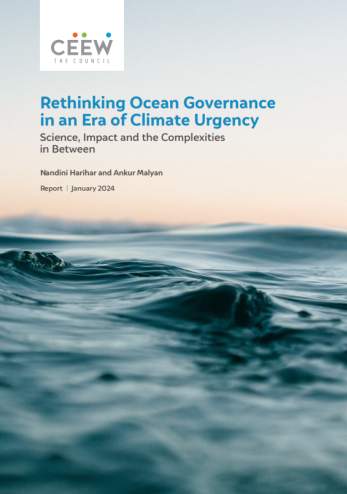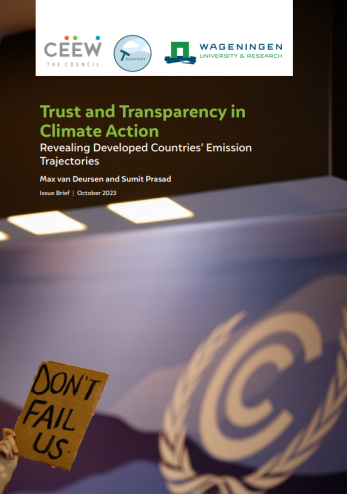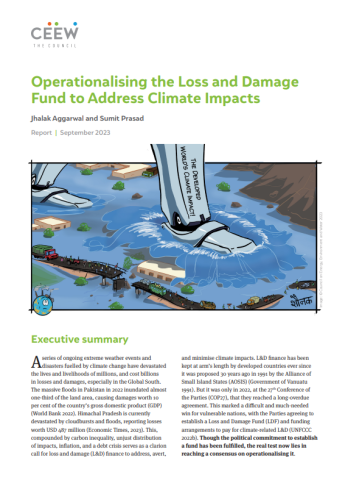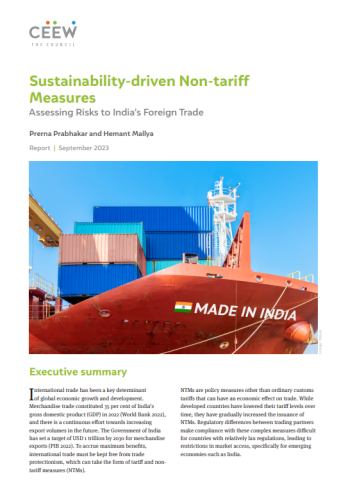Issue Brief
Enhanced Transparency Framework in the Paris Agreement
Perspective of Parties
Sumit Prasad, Karthik Ganesan, Vaibhav Gupta
May 2017 | International Cooperation
Citation: Prasad, Sumit, Karthik Ganesan, and Vaibhav Gupta. 2017. Enhanced Transparency Framework in the Paris Agreement: Perspective of Parties. New Delhi: Council on Energy, Environment and Water.
Overview
One of the important objectives of the Paris Agreement is to strengthen the transparency regime for climate change action. This study is part of The Council’s ongoing work on climate negotiations, which analyses and categorises the positions of the Parties with respect to the various provisions of transparency under three broad umbrellas (Approach 1, Approach 2 and Approach 3). It was followed by a brief which captures views of a few developing country Parties on the matter of Global Stocktake process.
There is a call for increased transparency of actions and support, of reporting and review, and a multilateral consideration process and corresponding flexibilities to developing country Parties. With firm deadlines associated with its mandate, the Ad hoc Working Group on the Paris Agreement (APA) will need to work closely with Parties to arrive at a consensus on the new regime.
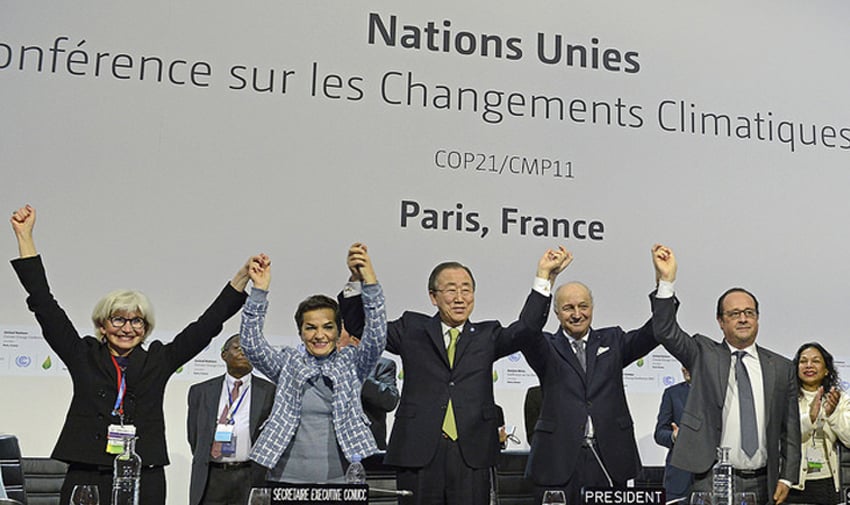
Source: CEEW
Key Highlights
- The various provisions of transparency are listed under Article 13, collectively referred to as the modalities, procedures & guidelines (MPGs) of transparency.
- Developed country Parties view transparency with a single lens - common MPGs for both developed and developing Parties
- Parties like India, China and members of the like-minded developing countries (LMDC) express that differentiation in MPG is fundamental to the transparency framework.
- China proposes a minimum transparency (threshold) requirement for developing Parties with a balanced approach towards transparency of action and transparency of support.
- India suggests that only loopholes need to be plugged without overhauling the existing regime. However, it stops short of detailing these loopholes or making specific provisions.
A comprehensive and balanced approach towards transparency needs to be established for effective implementation of the Paris Agreement.
- Views on flexibility among the Parties are not mutually exclusive and have some overlapping elements.
- USA has defined a decision tree to decide flexibility via a series of questions.
- China, Brazil, Argentina and Uruguay define flexibility as having an option to choose based on preferences and national circumstances.
- Australia requires Parties to articulate the rationale for availing flexibility, so that deviation from the common.
- The APA needs to identify a comprehensive and balanced approach that would eventually lead to a system that allows for an effective implementation of the Paris Agreement and an equally effective transparency regime that identifies opportunities and pitfalls in the implementation.
With the complexity and breadth of challenges associated with transparency, Parties have interpreted the provisions of transparency in the Paris Agreement in several ways.




